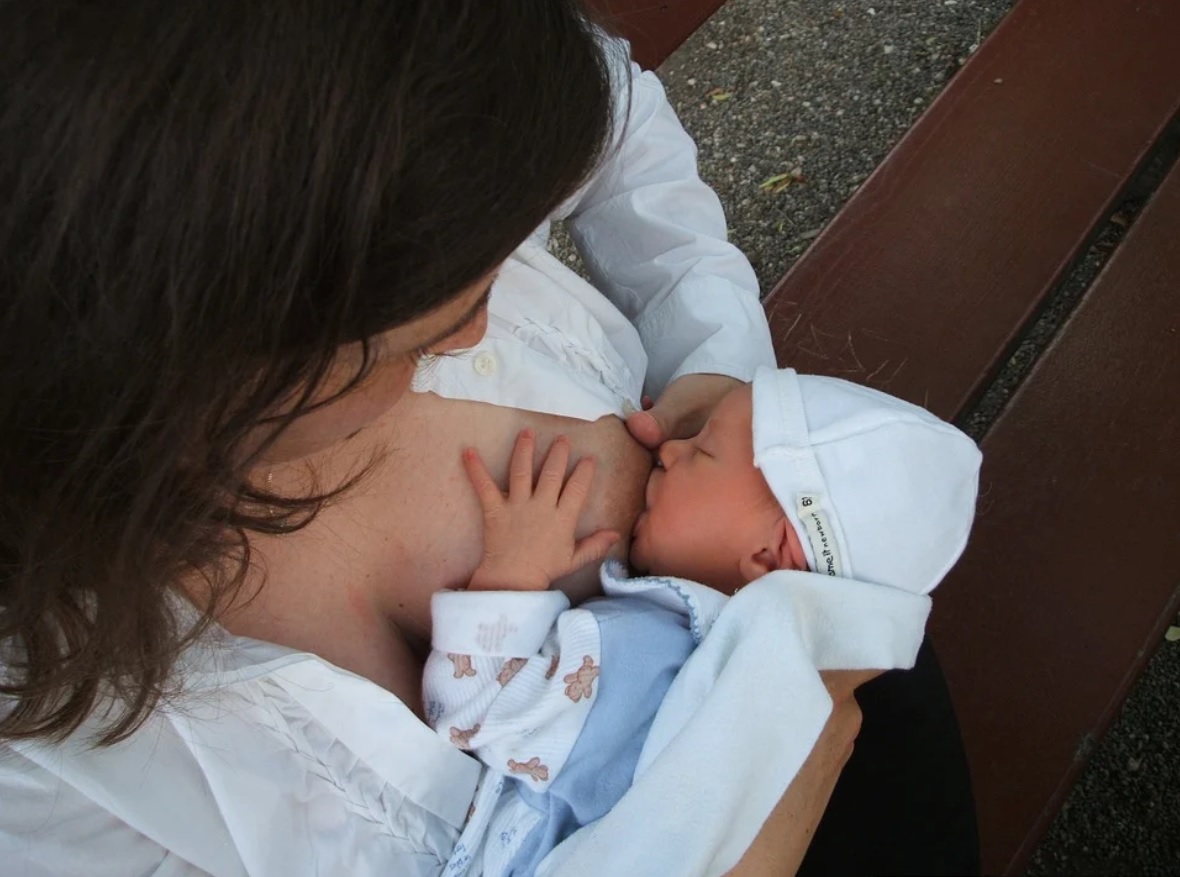Newborn care technology has come a long way in recent years, with innovations in infant health monitoring making it easier than ever to keep track of a newborn’s health. With the help of new technologies, healthcare providers are now able to monitor an infant’s vital signs and other health indicators with greater accuracy and ease, while also providing parents with the tools they need to stay informed and involved in their child’s care.
Infant Health Monitoring
The significance of monitoring the health of infants, particularly during the first few weeks and months of life, cannot be overstated, especially in light of the risks of various health issues like infections, breathing difficulties, heart problems, and birth injuries. Due to the vulnerability of newborns to these health concerns, healthcare providers closely observe and track their health status to detect any signs of potential problems and provide timely medical interventions when necessary.
However, traditional monitoring methods can be invasive and uncomfortable for both the infant and the healthcare provider. For example, taking a newborn’s temperature often involves inserting a thermometer into the infant’s rectum, which can be distressing for both the child and the caregiver. Similarly, measuring a newborn’s heart rate often requires attaching electrodes to the infant’s chest, which can be uncomfortable and time-consuming.
In recent years, however, new technologies have emerged that allow for continuous monitoring of infant health, without the need for invasive procedures. Wearable devices, for example, can be attached to a newborn’s foot or wrist to continuously monitor heart rate, respiratory rate, and other vital signs. Wireless sensors can be placed on the infant’s chest to monitor breathing patterns and detect any irregularities. AI-based technology can be used to analyze this data in real-time, alerting healthcare providers to any potential issues before they become serious.
Telehealth services, meanwhile, allow healthcare providers to remotely monitor infants from a distance. This can be particularly useful in rural or remote areas where access to healthcare can be limited. By providing parents with access to telehealth services, healthcare providers can help to ensure that infants receive the care they need, even if they are unable to physically visit a healthcare provider.

Benefits of newborn care technology
The utilization of technology for newborn care provides numerous advantages. It enables early identification of health issues resulting in quicker and more efficient treatment, and enhances precision in monitoring essential signs to prevent unwarranted interventions and false alarms. Furthermore, it reduces the likelihood of hospital readmissions, which is especially beneficial for high-risk or premature infants, and fosters parental participation in neonatal care, giving them a greater sense of confidence and knowledge about their infant’s health. These benefits are also applicable to procedures such as PICC placement in neonates.
For healthcare providers, there are a number of business-to-business (B2B) applications of newborn care technology. By partnering with technology companies, for example, healthcare providers can gain access to the latest innovations in infant health monitoring, while also benefiting from cost-effective solutions that can help to improve the quality of care they are able to provide. Additionally, by using these technologies, healthcare providers can improve patient outcomes, reduce costs, and differentiate themselves from competitors.
Conclusion
In conclusion, the innovations in newborn care technology have transformed the way healthcare providers monitor and care for newborns. By providing accurate, non-invasive, and continuous monitoring of vital signs, these technologies have made it easier than ever to detect and treat health problems in newborns, while also enhancing parental involvement in infant care. For healthcare providers, the use of these technologies can lead to improved patient outcomes, reduced costs, and increased competitiveness in an increasingly crowded healthcare market.
